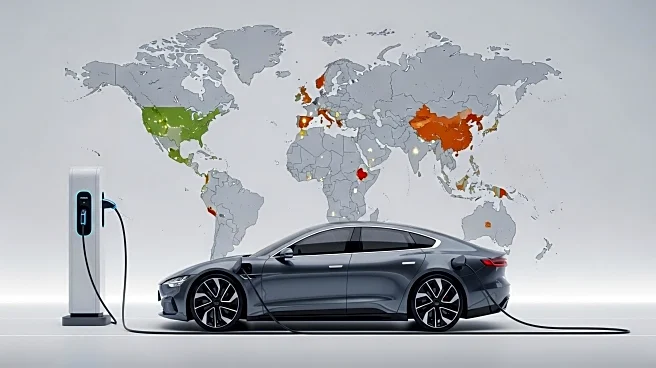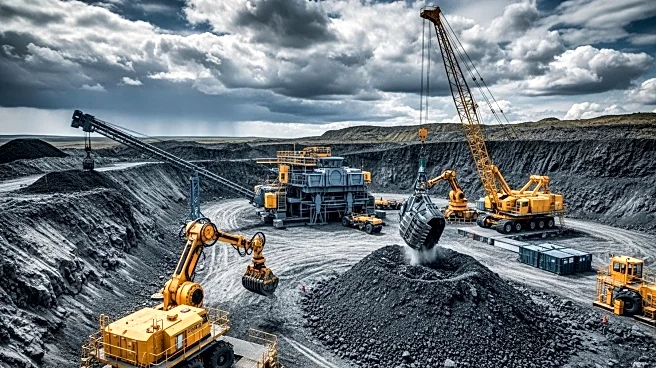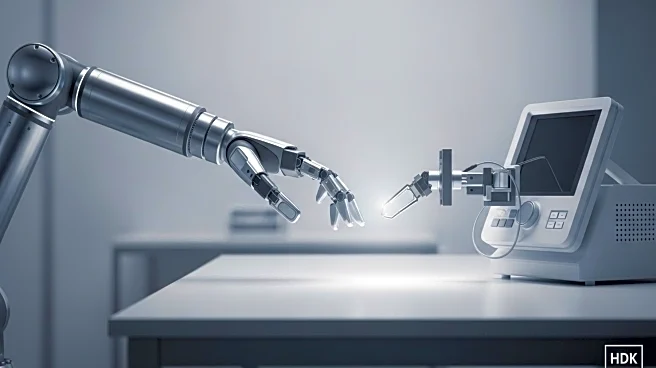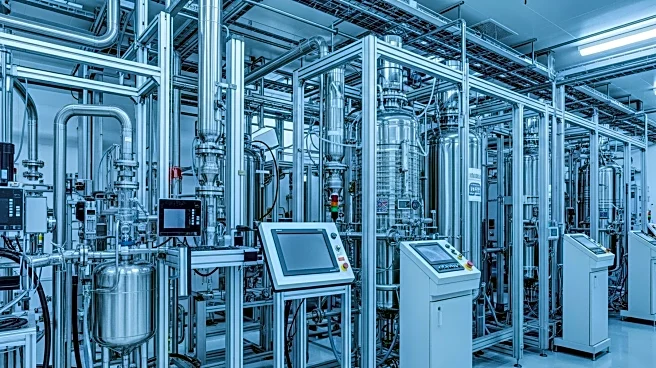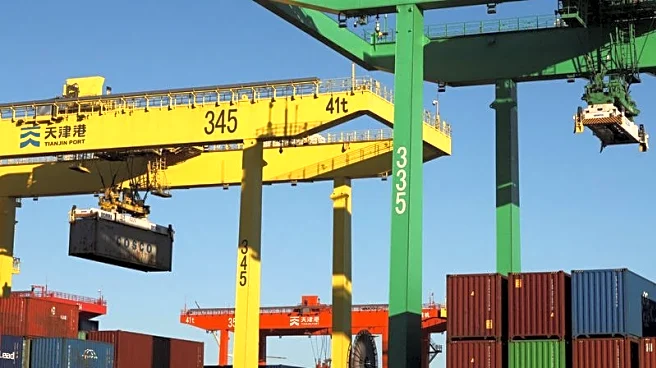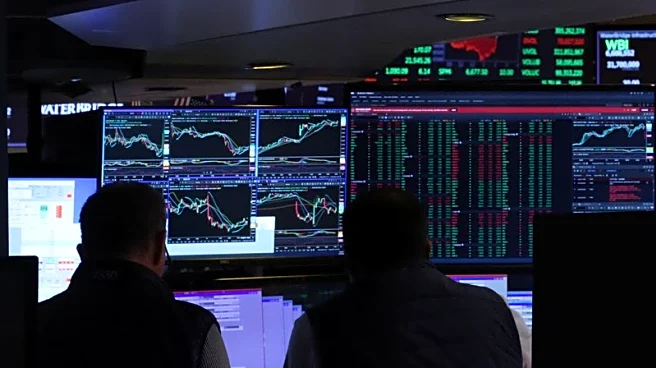What's Happening?
The 2025 World Manufacturing Convention recently concluded in Hefei, China, under the theme 'Intelligent Manufacturing for a Better Future.' The event spanned four days and attracted a diverse group of participants, including government officials, business leaders, and representatives from international organizations across more than 40 countries. The convention featured over 30 major events, significantly more than previous editions, and served as a platform for showcasing China's advancements in new industrialization. Key highlights included the display of a manned lunar rover, a superconducting quantum computer, and high-end electric vehicles. The convention also facilitated 735 cooperation projects with a total investment of 380.2 billion yuan, emphasizing its role as a bridge for dialogue and collaboration between China's manufacturing sector and the global industry.
Why It's Important?
The convention underscores China's growing influence in the global manufacturing sector, highlighting its technological advancements and commitment to international cooperation. By facilitating numerous cooperation projects, the event not only showcases China's industrial capabilities but also strengthens its economic ties with other countries. This development is significant for U.S. industries and policymakers as it reflects the competitive landscape in global manufacturing. The advancements in artificial intelligence and robotics presented at the convention could influence U.S. companies to accelerate their innovation efforts to maintain competitiveness. Additionally, the event's focus on high-quality development aligns with global trends towards sustainable and intelligent manufacturing, which could impact future trade and economic policies.
What's Next?
Following the convention, it is expected that the cooperation projects initiated will progress, potentially leading to increased foreign investment in China's manufacturing sector. U.S. businesses and policymakers may need to monitor these developments closely to assess their impact on global supply chains and trade dynamics. The advancements showcased could prompt U.S. companies to explore partnerships or collaborations with Chinese firms to leverage new technologies. Additionally, the emphasis on artificial intelligence and robotics may drive further research and development efforts in these areas within the U.S., influencing future industry standards and practices.
Beyond the Headlines
The convention's focus on intelligent manufacturing and high-quality development reflects broader global shifts towards sustainable industrial practices. This trend could lead to increased regulatory scrutiny and the adoption of new standards in manufacturing processes worldwide. The event also highlights the potential for technology to bridge gaps between different industries and countries, fostering a more interconnected global economy. As China continues to position itself as a leader in manufacturing innovation, other countries, including the U.S., may need to adapt their strategies to remain competitive in this evolving landscape.

